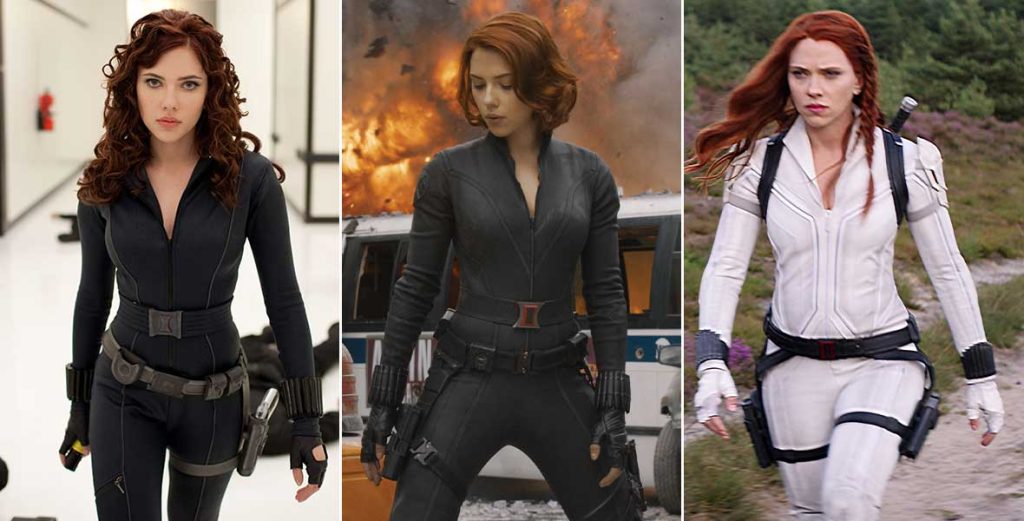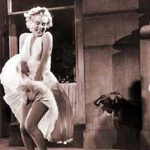Film, as a powerful medium of art and culture, reflects and shapes the ideas and values of society. Throughout the history of cinema, the male gaze has been an issue of great concern. This essay explores the phenomenon of the male gaze in the history of cinema, how the male gaze has been displayed from early cinema to modern-day productions, and the impact this perspective can have on socio-cultural and gender perceptions.
Cinema was born at a time when the idea of a male-dominated society was deeply embedded in the production and narrative of films. In early cinema, female characters were often designed to be passive and submissive, and their presence was more to set off the dominance of male characters. This phenomenon is particularly evident in Hollywood films, where female characters are generally defined through a male perspective, reflecting the social stereotypes of gender at the time.

Film theorist Laura Mulvey pointed out in 1975 that cinematography is based on the male point of view – Male Gaze. This theory reveals gender inequality in filmmaking and highlights the need for people to re-examine film narratives and representations from a female perspective. And now, decades later, the male gaze is commonplace in the industry.
But as we entered the late 20th century, and the early 21st century, hints of the status of women in the film industry caused film narratives to begin to change. More and more female directors and screenwriters began experimenting with new narratives to challenge the traditional male gaze. These works went on to focus more on the inner worlds of female characters, their roles in society, and their independent spirits than the original works, which brought new perspectives and depths to cinema, and refreshed the entire film industry.

What cannot be changed is that the male gaze is still present in contemporary cinema, but we are also seeing more diverse and balanced representations of gender. A number of films have begun to explore gender identities and social constructions that have challenged traditional gender roles and have contributed to the audience’s thinking about gender equality.
As a mirror that responds to the culture of a society, cinema provides an indelible and important lens for understanding the dynamics of gender and cultural change in the phenomenon of the historical male gaze. As society’s understanding of gender has progressed, the film industry has evolved in response to the impact and now presents a more diverse gender perspective. This is not only an important sign of social and cultural development, but also a symbol of artistic progress. We look forward to future films that will continue to promote the realisation of gender equality.
Reference
Introduction to Laura Mulvey’s “Visual Pleasure and Narrative Cinema” – YouTube
https://vocal.media/geeks/male-v-female-gaze
https://www.studiobinder.com/blog/what-is-the-male-gaze-definition/
https://www.felicitybeaumont.com/blog/2019/2/7/defining-and-removing-the-female-gaze


Your explanation of the male gaze in the film industry is great! You explored very effectively the cinema’s gender stereotypes from early on. mentioning Mulvey’s theory added historical context, which outlined the inequality between men and women in the industry!
Good work!